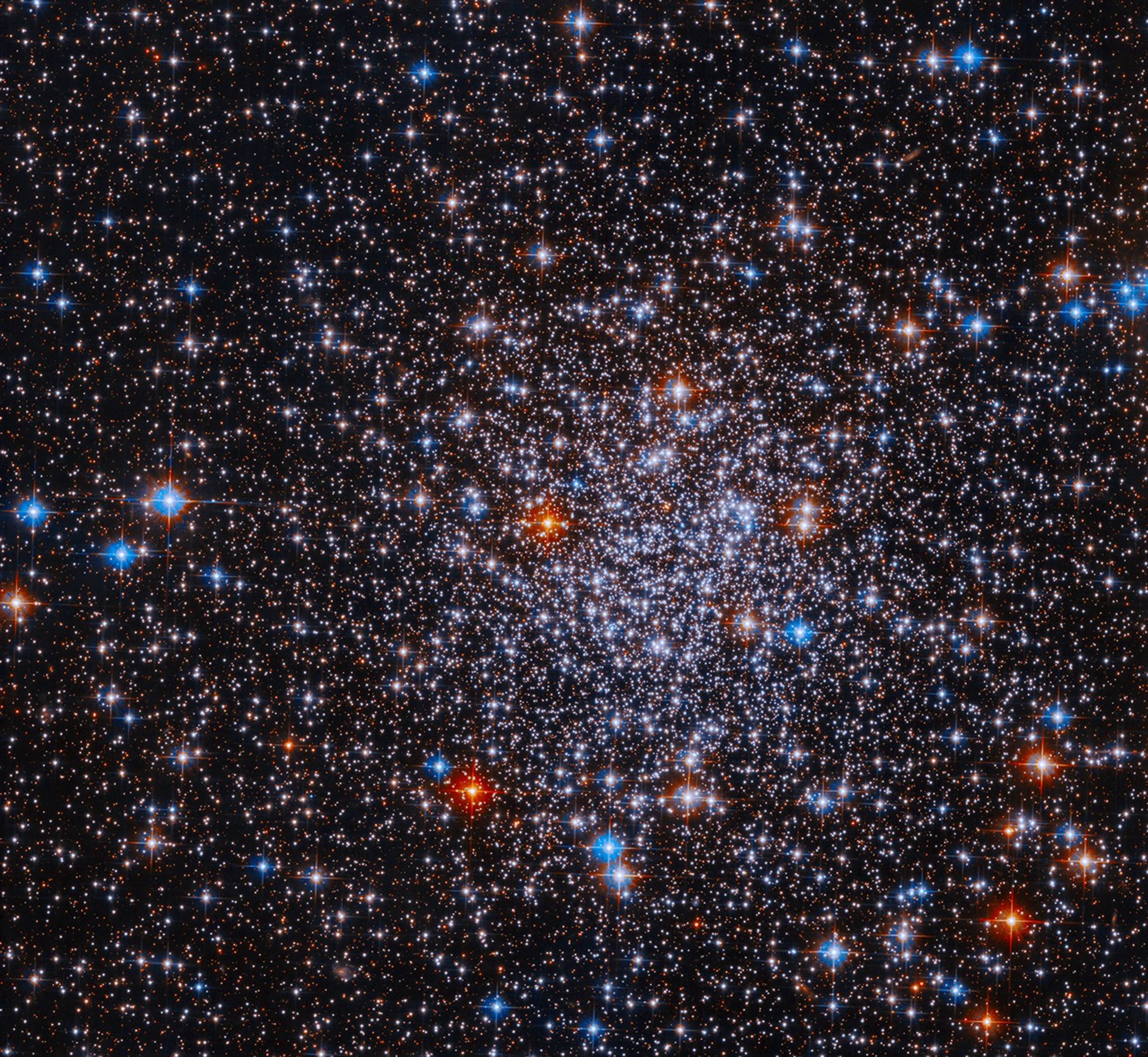The Hubble Space Telescope turned 30 this year, and for the occasion, it’s sharing a present with you. NASA has just released dozens of newly processed Hubble images featuring 30 dazzling galaxies, sparkling star clusters, and ethereal nebulae.
And there’s something extra special about these 30 celestial gems: All of them can be seen through backyard telescopes. Some of them can also be spotted with binoculars or even the naked eye.

All of these celestial objects belong to a collection known to amateur astronomers as the Caldwell catalog. Compiled by British amateur astronomer and science communicator Sir Patrick Caldwell-Moore, the catalog was published by Sky & Telescope magazine 25 years ago, in December 1995. It was inspired by the Messier catalog, assembled by French comet-hunter Charles Messier, which includes 110 relatively bright but fuzzy objects in the skies of the Northern Hemisphere that could accidentally be mistaken for comets. Caldwell’s catalog highlights 109 galaxies, star clusters, and nebulae that are not included in Messier’s catalog but are also bright enough to be seen by amateur astronomers. In addition, the Caldwell objects are split between the northern and southern hemisphere skies, providing interesting targets to pursue for amateur astronomers around the world.
This newly released collection of more than 50 Hubble images feature 30 objects in the Caldwell catalog. (Some of these 30 Caldwell objects appear in more than one new Hubble image.) These images have been taken by Hubble throughout its career and used for scientific research or for engineering tests, but NASA had not fully processed the images for public release until now.
Because of Hubble’s detailed field of view, some of its pictures do not capture the entirety of a Caldwell object, sometimes instead zooming in on clusters of young stars in the arms of a spiral galaxy, stars on the outskirts of a cluster, or the zombie star at the heart of a nebula. But in other cases, a mosaic of Hubble observations assemble to create a complete or nearly complete portrait of the celestial marvel.
These new images join Hubble’s existing gallery of Caldwell objects, first published in December 2019. Hubble’s collection now includes 87 of the 109 Caldwell objects. For each listing in Hubble’s Caldwell catalog, a basic star chart shows observers when and where they can find that object in the night sky, and a description suggests what type of observing equipment can be used to view it. The individual articles also explain Hubble’s images for those who prefer to just enjoy the telescope’s exquisite views.
The Hubble Space Telescope was launched aboard Space Shuttle Discovery in April 1990. After being upgraded five times by crews of spacewalking astronauts, Hubble is today, at 30 years old, even better than when it was launched and continues to make groundbreaking discoveries that challenge and advance our fundamental understanding of the cosmos.
To see all of the new images in Hubble’s Caldwell catalog, click here.
By Vanessa Thomas
NASA's Goddard Space Flight Center






























